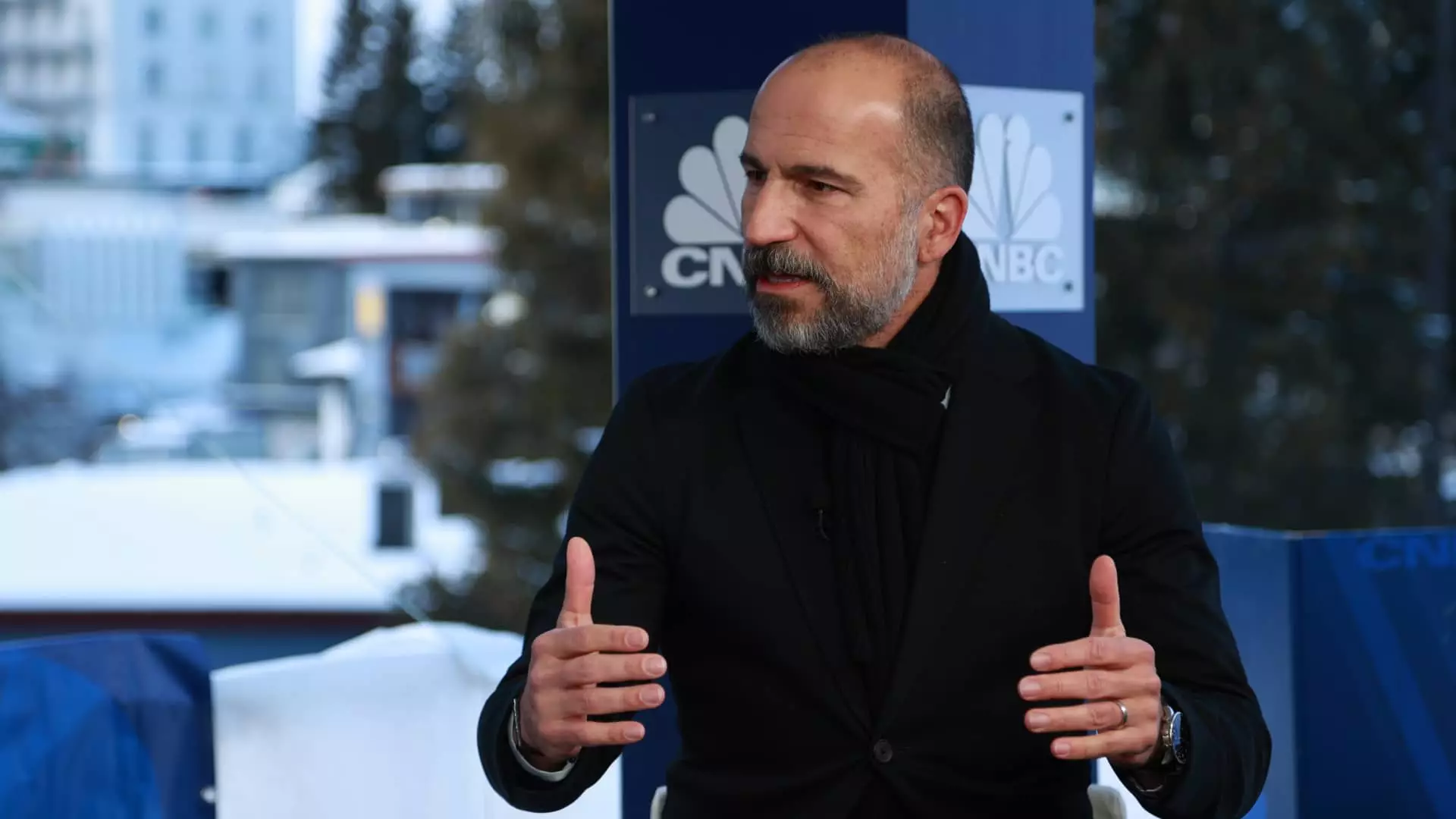Uber, the popular ride-hailing company, experienced a 5% rise in its shares during after-hours trading on Friday. The surge came as a result of the announcement that Uber would be added to the prestigious S&P 500 Index, replacing Sealed Air Corp. This significant change is scheduled to take effect at the opening of trading on Monday, Dec. 18, as stated in a press release.
Historically, when a company joins the S&P 500, its stock price tends to increase. This upsurge can be attributed to fund managers who track the benchmark. Due to quarterly updates, these managers are obligated to acquire shares of the newly added company. Consequently, this increased demand drives up the stock price.
Additionally, companies hoping to join the S&P 500 must meet specific valuation and profitability requirements. In Uber’s case, its adjusted earnings before interest, tax, depreciation, and amortization (EBITDA) played a significant role. Although Uber initially struggled to monetize its low-margin business model, particularly in the ride-hailing industry, it successfully enhanced profitability through its delivery service. This unexpected achievement was fueled by recession-fearing investors, who became increasingly reluctant to invest in companies that consistently operated at a loss. Moreover, growing advertising revenue also contributed to Uber’s improved profitability.
In response to its financial challenges, Uber has undertaken various strategic measures. One such measure involved eliminating more than 3,500 jobs in 2020. Furthermore, Uber’s executives have dedicated efforts to enhancing the company’s cost structure. For instance, they successfully reduced delivery costs, which positively impacted the bottom line. These strategic adjustments ultimately played a role in Uber’s success in achieving profitability.
Uber’s financial performance has been notable, with the company reporting a net income of $221 million on $9.29 billion in revenue for the third quarter. Over the past four quarters combined, Uber generated over $1 billion in profit. CEO Dara Khosrowshahi expressed ambitious goals for Uber’s future, stating, “Our goal is to build a company that can compound top-line rates at very, very attractive rates and continue to improve margins over a period of time.” Khosrowshahi drew inspiration from renowned industry leaders such as Google, Facebook, and Microsoft, emphasizing his aspiration for Uber to achieve similar long-term success.
According to the rules established by S&P, companies joining the index must demonstrate positive earnings in the most recent quarter and over the prior four quarters as a whole. Furthermore, constituents of the index must have an adjusted market capitalization (market cap) of at least $14.5 billion. In Uber’s case, the company currently possesses a substantial market cap of approximately $118 billion. This significant market cap places Uber well above the median market cap of companies within the S&P 500, which stands at just over $31 billion.
Uber’s inclusion in the S&P 500 Index is a noteworthy milestone for the ride-hailing giant. The announcement not only bolstered the company’s stock price but also highlighted Uber’s successful journey towards profitability. With its strategic restructuring and commitment to financial improvement, Uber is poised to continue its growth and pursue the footsteps of industry giants as it aspires to achieve long-term success.


Leave a Reply